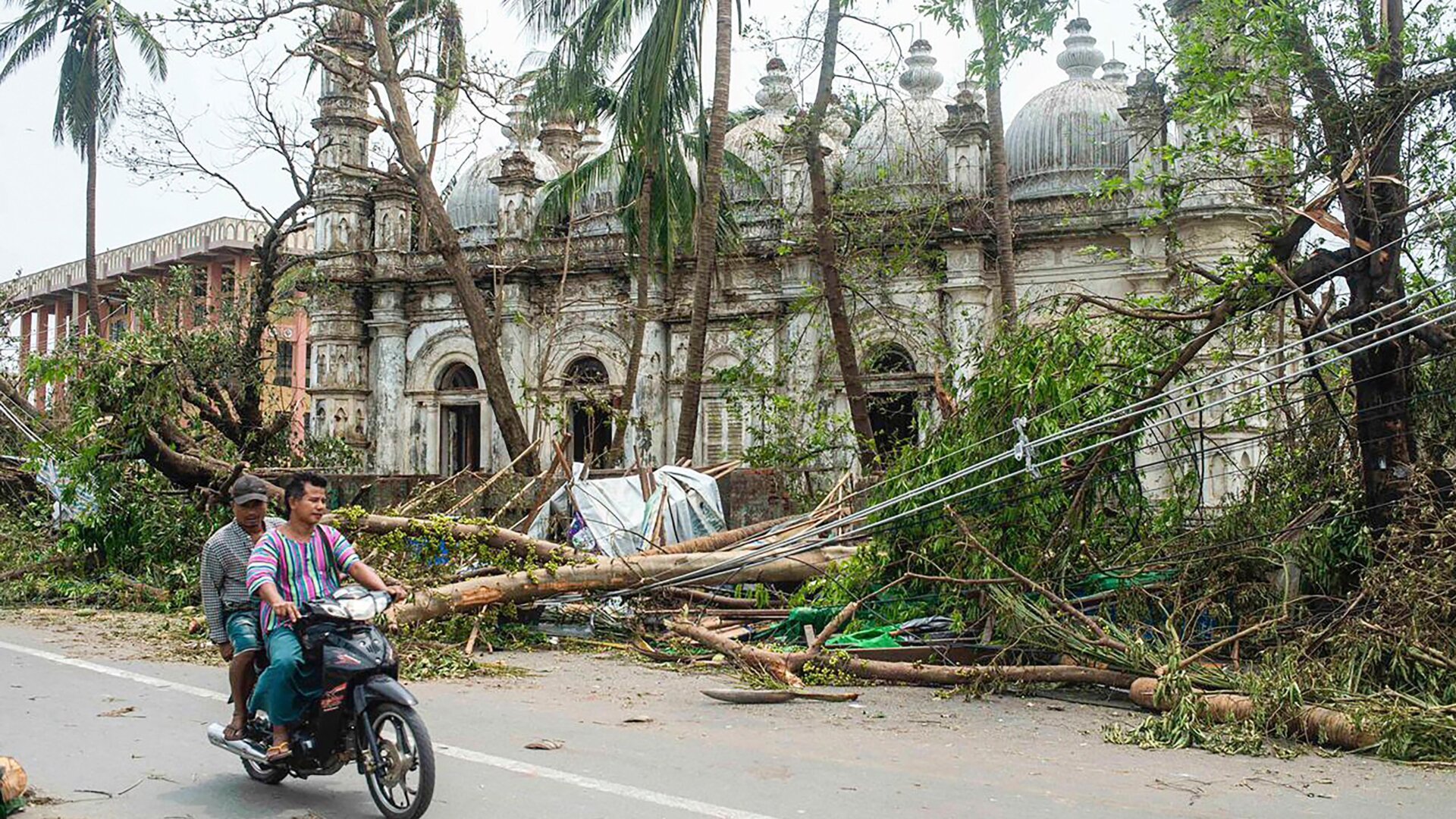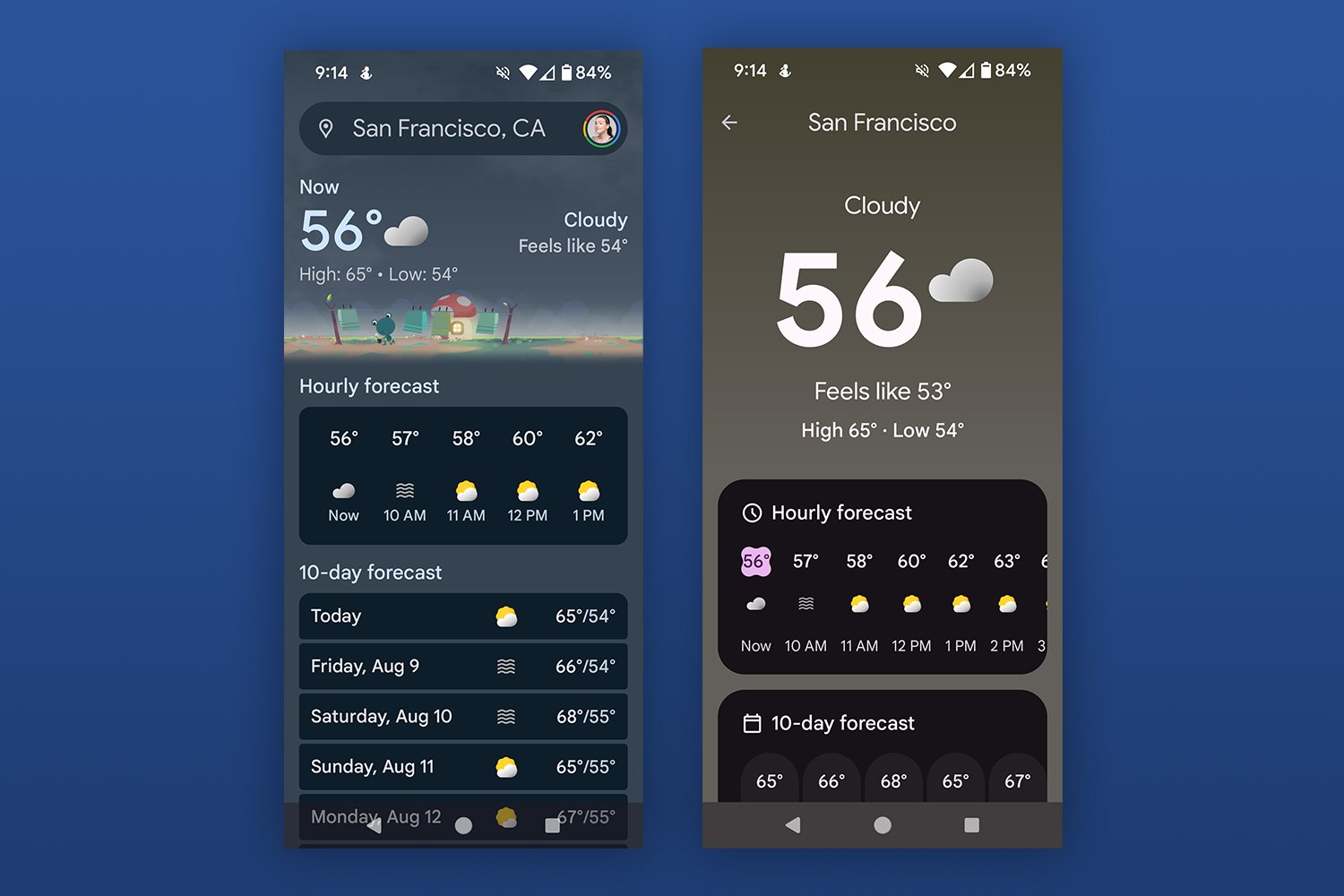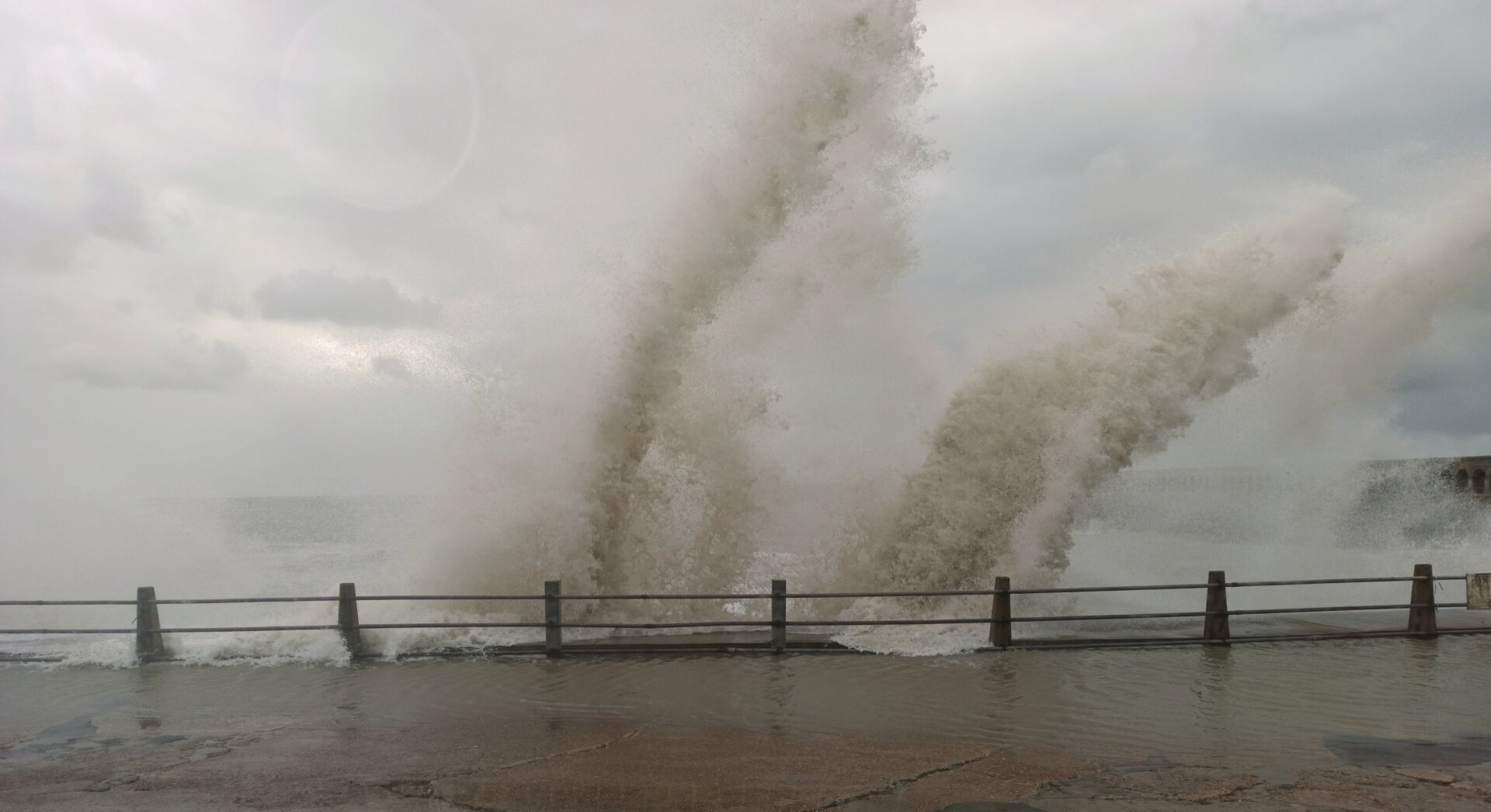At least six people are dead, 700 injured, and huge swathes of a city have been destroyed after one of the strongest storms to ever form over the Indian Ocean made landfall on Sunday afternoon.
Cyclone Mocha reached wind speeds of 175 miles per hour (282 kilometers per hour) before making landfall on Sunday, making it a Category 5 storm and putting it in a first-place tie with the most intense storm to form over the North Indian Ocean. The tie is with Cyclone Fani, which in 2019 killed 90 people and caused $1.81 billion in damages in India and Bangladesh after it made landfall. (Storms that reach 74 miles per hour [119 kilometers per hour] and form over the South Pacific and Indian Oceans are called cyclones. They’re called hurricanes when they form over the Atlantic; in the Northwest Pacific, they’re known as typhoons.)
Mocha weakened a bit before making landfall, thanks to factors like cooler water and drier air, Yale Climate Connections reported—but was still clocking wind speeds at 155 miles per hour (250 kilometers per hour). According to Yale, these wind speeds put the storm on par with the second-strongest cyclone to make landfall; the strongest, the 1999 Odisha Cyclone, killed more than 9,800 people in India.
The Myanmar military has declared the entirety of the coastal state of Rakhine a disaster area; up to 90% of the capital, Sittwe, has been destroyed, the BBC reported. About 1,000 people had to be rescued by authorities Sunday as seawater flooded into homes near the coast, in some cases flooding up to 12 feet (3.6 meters) deep, the AP reported. The damage to Sittwe is especially concerning given the large numbers of displaced Rohingya refugees, who have been forced by the Myanmar government to live in crowded sites—many below sea level—outside of the city.
According to Yale Climate Connections, Mocha is the fourth Category 5 storm to form in 2023, joining Cyclones Ilsa, Freddy, and Kevin; 2023 is now tied with 2003 and 2015 as the year with the most Category 5 storms in the Southern Hemisphere. (Freddy also distinguished itselfas one of the longest-lasting storms on record.). As Axios reported, Mocha’s rapid intensification is a signal of how climate change is supercharging storms. And while we can’t link this specific storm to climate change without more research, it is very likely that the temperatures in the Bay of Bengal—which were about 3.6 degrees Fahrenheit (2 degrees Celsius) higher than average—helped make the storm stronger.














